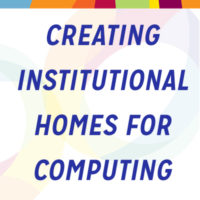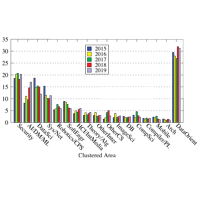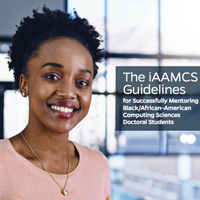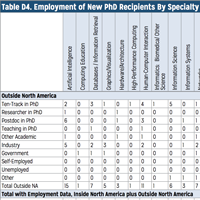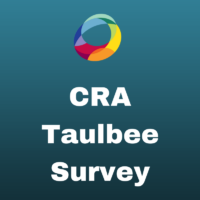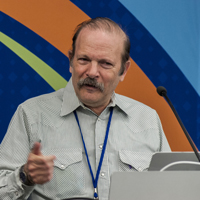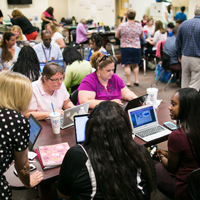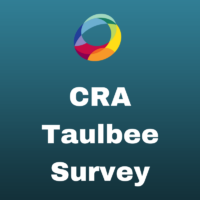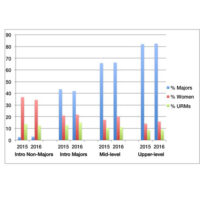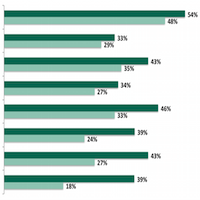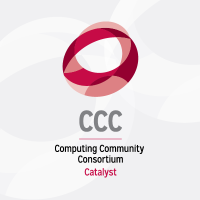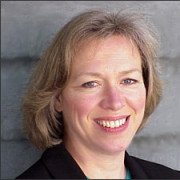
Seven Tips for Advertising Your Graduate Program to Undergraduate Programs
Four years ago, I left a tenured faculty position at Grinnell, a selective liberal arts college, to found a brand new computer science program at Whitman, another selective liberal arts college. Since establishing this program, I’ve started to receive mailings not only from my own Ph.D. program, but from a range of graduate programs in computer science and related fields.
If you’re reading this, you probably care about attracting graduate student applicants from institutions like mine. If you don’t, you should: Baccalaureate colleges are second only to “very high research activity universities” in their institutional-yield ratios for graduates who go on to receive a doctorate in science or engineering.

